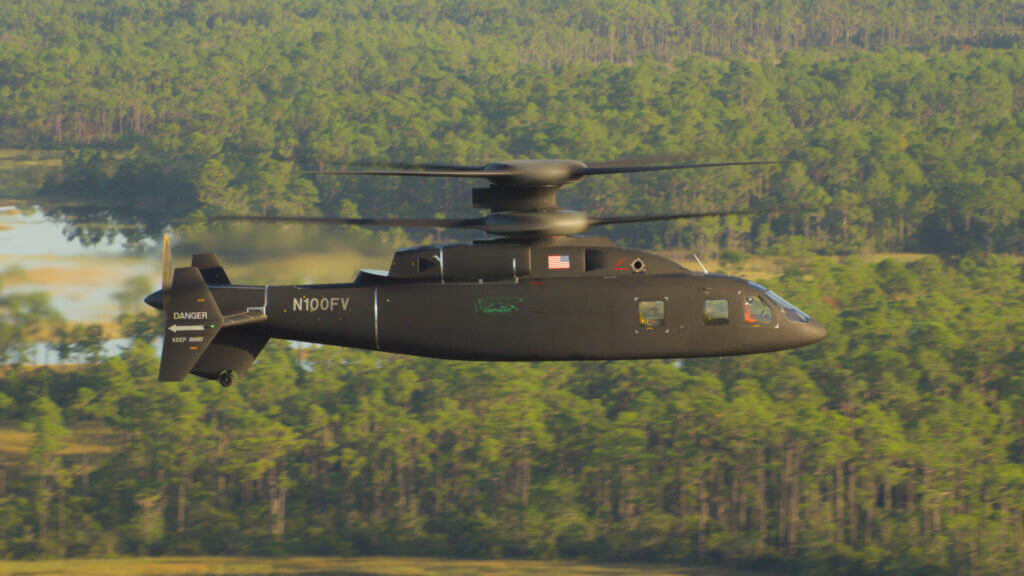Estimated reading time 4 minutes, 52 seconds.

Sikorsky parent company Lockheed Martin has been awarded a contract to identify, analyze and compare open system architecture (OSA) concepts for NATO’s Next Generation Rotorcraft Capability (NGRC) program, the NATO Support and Procurement Agency (NSPA) has announced.
The NGRC program aims to develop a new medium-lift helicopter for at least six NATO members, with a significant number of existing medium helicopters in the NATO fleet (estimated by Sikorsky to be more than 900 aircraft) reaching the predicted end of their lifecycle between 2035 and 2040.
“Lockheed Martin’s expertise in open system architecture will help NATO to learn more about: how to enable rapid upgrades, the ability to quickly swap out sensors, and ensure systems today and tomorrow work together and share information to create a comprehensive view of the operating picture, enabling joint all-domain operations,” said Luigi Piantadosi, director of Future Vertical Lift (FVL), International at Sikorsky.
The NGRC program was officially launched in June 2022 with the signing of a memorandum of understanding (MoU) between the U.K., France, Germany, Greece, Italy and the Netherlands, who dedicated €26.7 million to the program’s initial budget.
Since the outset of the program, Sikorsky has stated its belief that its X2 technology could be the ideal basis for the NGRC. The company reiterated this after the OSA concept study announcement.
“With unmatched speed, maneuverability and survivability, our X2 rotorcraft leverage MOSA [modular open system arthictecture] interconnectivity and use of shared standards which will allow for the rapid implementation of new capabilities, while improving interoperability with allies,” said Andy Adams, vice president, of Future Vertical Lift at Sikorsky in a statement responding to the award. “MOSA is designed into our X2 rotorcraft ensuring they stay ahead of the threat.
As new sensors, drones, communications equipment and weapons are introduced, the digital backbone of our aircraft will integrate those capabilities faster and more efficiently than ever before.”
Speaking at Global Defence Helicopter 2023 in Warsaw, Poland, in October, Cyril Heckel, NGRC program manager at the NSPA, said about 40 attributes have been identified for the NGRC aircraft, together with 11 missions in a concept of operations.
The aircraft will be optionally crewed, capable of carry 12 to 16 heavily-equipped troops, have a range of over 900 nautical miles (1,670 kilometers) in “combat configuration,” and a speed of at least 180 knots/330 kilometers per hour (and possibly over 220 knots/400 km/h).
The aircraft is expected to have a maximum takeoff weight in the range of 10 to 17 tons, allow for advanced teaming (with unmanned aerial systems), and have the ability to carry its own weapons.
The NSPA said an initial meeting of the OSA concept study team, scheduled for January 2024, would “explore concepts necessary to prepare and assess future integrated platform concept design reviews.” These are scheduled to be completed over the next few months.
The contract award to Lockheed Martin follows the award of study to GE Aerospace last month, in which GE will explore “novel powerplants” that could potentially be used for the NGRC program.
The initial phase of concept studies is expected to run to the end of 2025.








